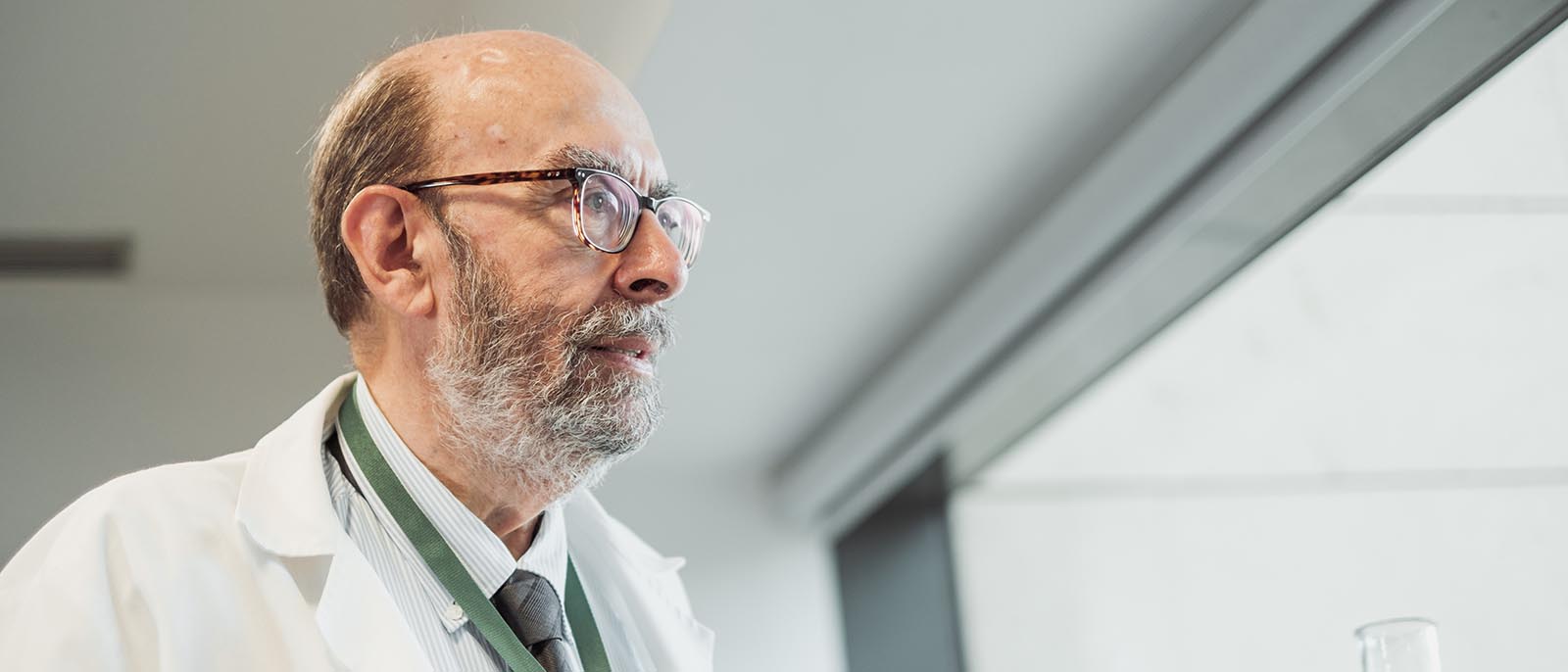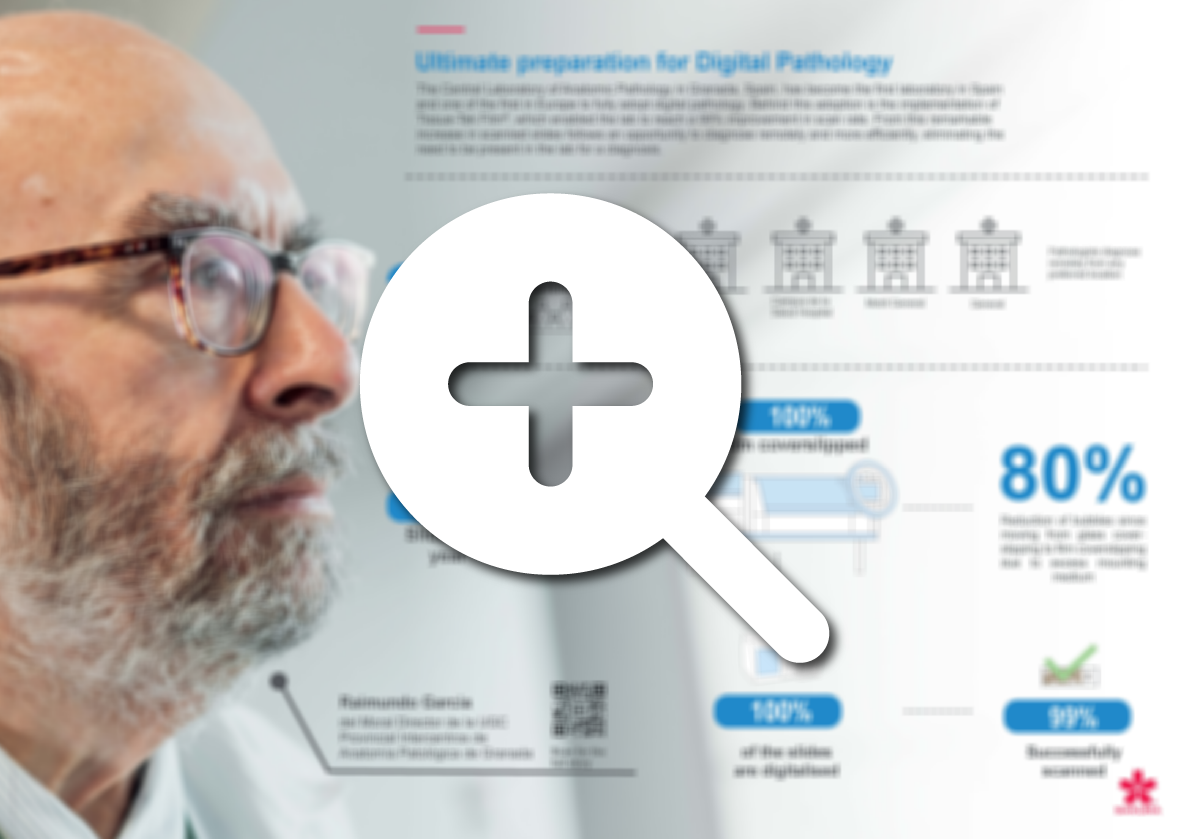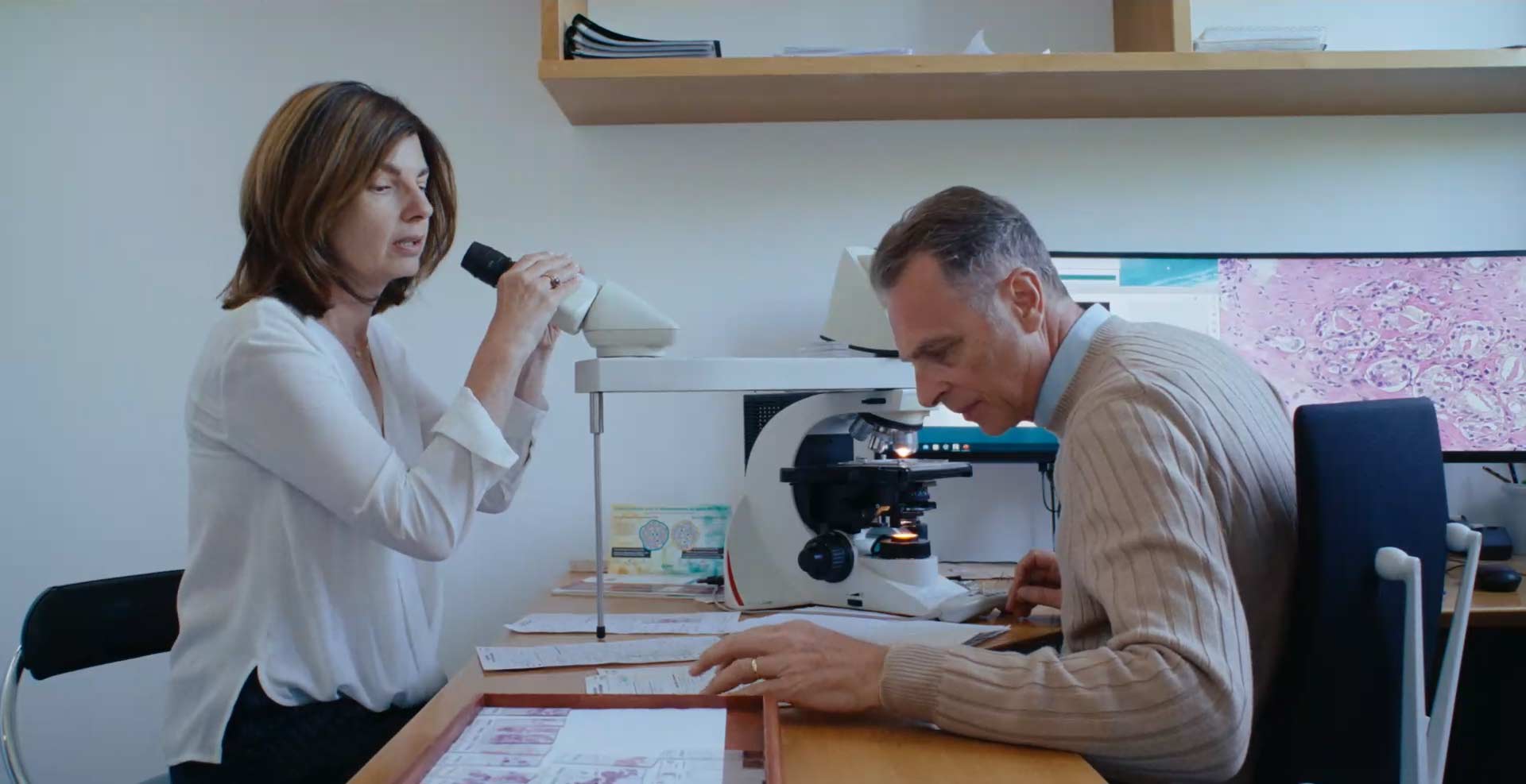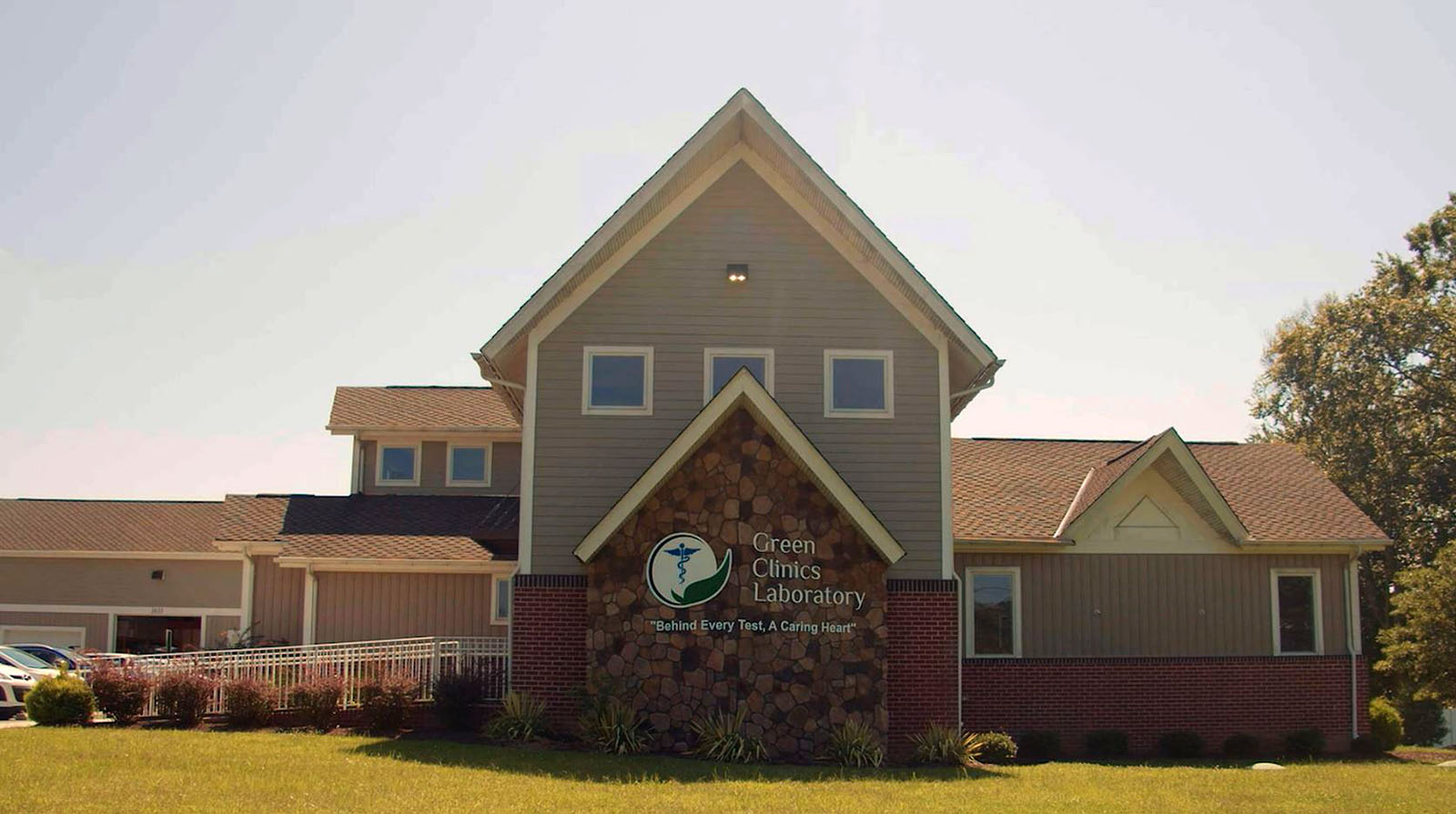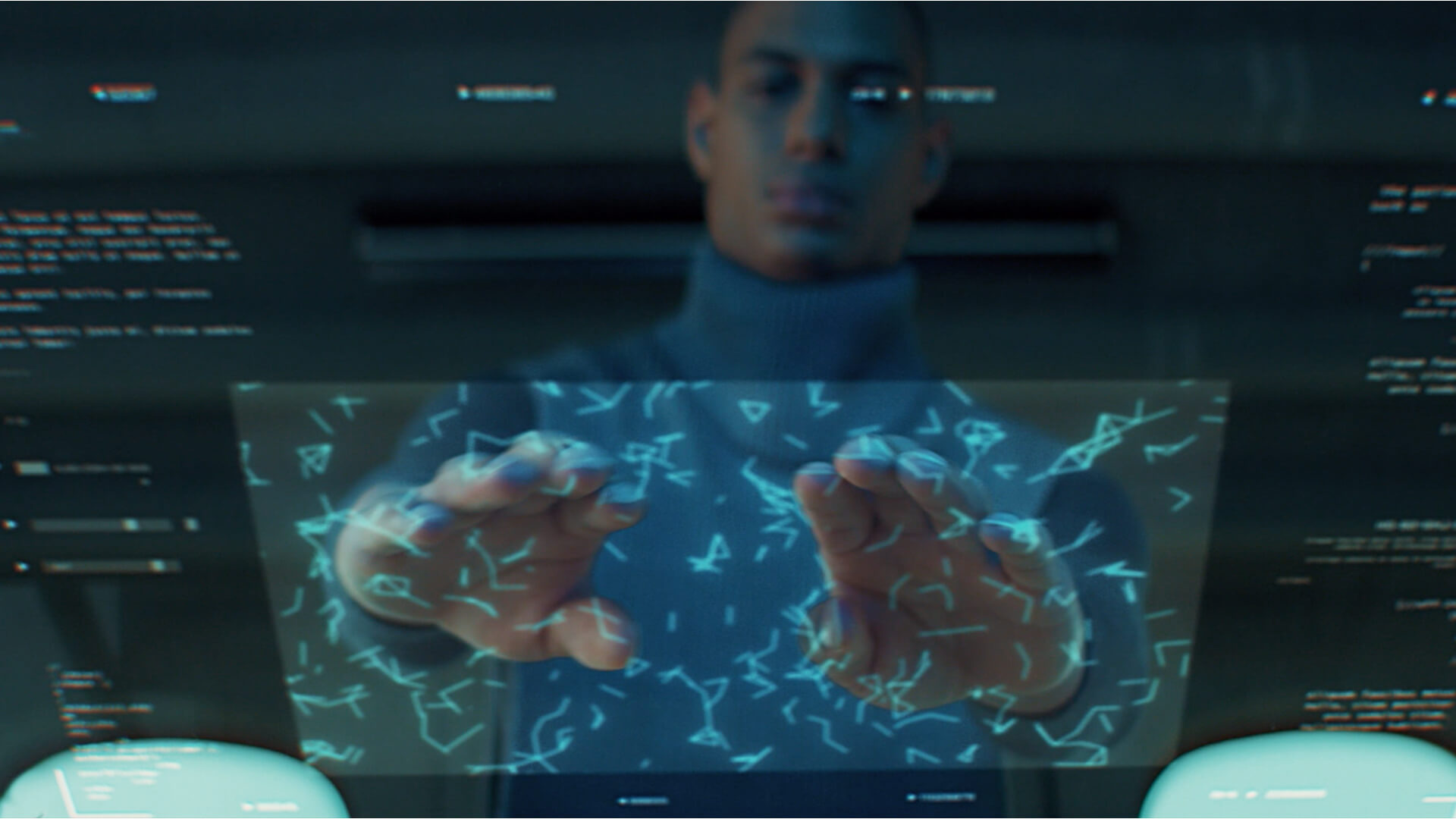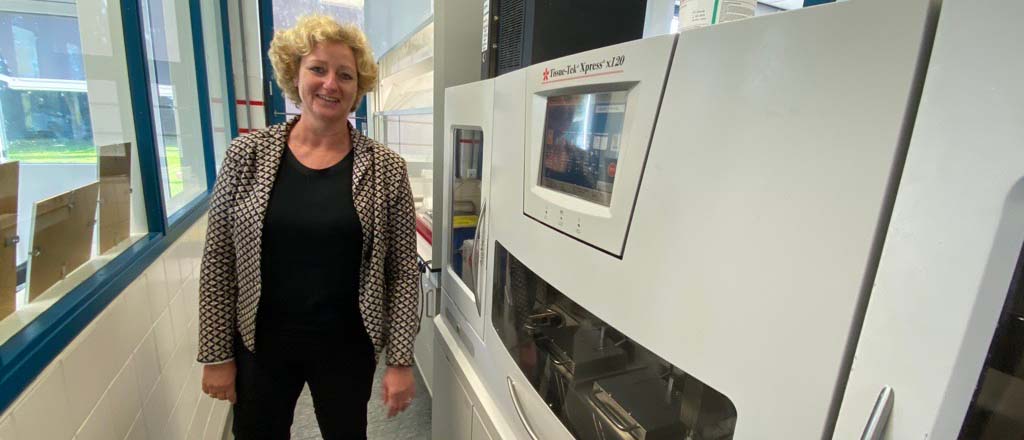Testimonial
Film coverslipping enabled digital pathology
The article discusses the adoption of digital pathology at Granada University Hospitals in Spain. The hospital implemented digital pathology to enable remote diagnosis and improve efficiency. They introduced the Tissue-Tek Prisma® Plus and Tissue-Tek Film® Coverslipper to optimise the laboratory workflow and ensure high-quality digital scanning of slides. The article emphasizes the importance of thorough preparation and automation in the transition to digital pathology.
In the province of Granada, in Andalusia, southern Spain, lie Granada University Hospitals - one of the first hospitals in the world to fully adopt digital pathology for primary diagnosis. The digital transformation has been challenging and demanded a multidisciplinary effort which came with numerous changes to lab resources, workflow management and IT infrastructure, to name a few. But what was the road to success like for the hospital, and why is it crucial to prepare for digital pathology?
The importance of being able to diagnose remotely has been a significant driver of diagnostic quality and efficiency for Granada University Hospitals and their patients. Consisting of 2 teaching hospitals with a single central histopathology lab and 2 peripheral district general hospitals with a laboratory each, the facility faces an average caseload of over 250,000 histopathology slides annually. With a total of 28 pathologists, this hospital plays a major role in the area with a population of circa 1 million inhabitants and requires to be able to send the right case to the right pathologist, wherever they are across the four different hospitals. The solution comes in the form of digital pathology, enabling pathologists to diagnose cases from their subspecialty only, regardless of their geographical location across the four sites. This results in better diagnoses that can be produced more efficiently.
An essential step in the adoption of digital pathology is the optimisation of the laboratory workflow to ensure that glass slides are suitable to be scanned. Wet or dirty slides can cause scanner malfunction and may result in blurry images that are not suitable for diagnosis. Digitising large volumes of slides correctly on the first try is essential for digital diagnosis, and glass coverslipping is often not enough to create a perfect ready-to-scan slide. Introducing the Tissue-Tek Prisma® Plus and Tissue-Tek Film® Coverslipper to the lab has enabled the laboratory to successfully scan 99.9% of slides on the first attempt because it produces slides that are ready to scan immediately, with no air bubbles or excess mounting medium that may interfere with the mechanical functioning of the slide scanner. This exquisite scan rate empowers the lab to digitise its entire caseload in a timely manner. These digital images can now be made available to any of the Granada pathologists anywhere, ensuring that the right case can be sent immediately to the right pathologist according to their subspecialty. This results in a more efficient workflow for the lab professionals, together with a specialised diagnosis for patients.
Noteworthy in this process is the feedback of pathologists themselves. After implementing these changes, the pathologists of the hospital displayed a positive outlook towards the new way of working. A study was conducted to compare the efficiency of the Granada pathologists after going fully digital with their previous workflow on the microscope. The pathologists were 20% more efficient after digitisation, had a strong preference to continue working digitally and associated digital pathology with improvements in diagnostic quality and patient safety.
With the technological advances that digitisation and artificial intelligence (AI) bring to pathology, the profession is entering a new era. Digital pathology and AI help solve some of the numerous challenges that pathology faces today and considerably enhance diagnostic quality, but to fully reap these benefits, a dedicated and thorough preparation process must be undertaken. We aim to support pathology professionals in this transition to digital with our Tissue-Tek Prisma® Plus and Tissue-Tek Film® Coverslipper and to empower pathologists in this transition to digital pathology by introducing automation to histopathology labs.
EMWEB0008EN Rev.01
